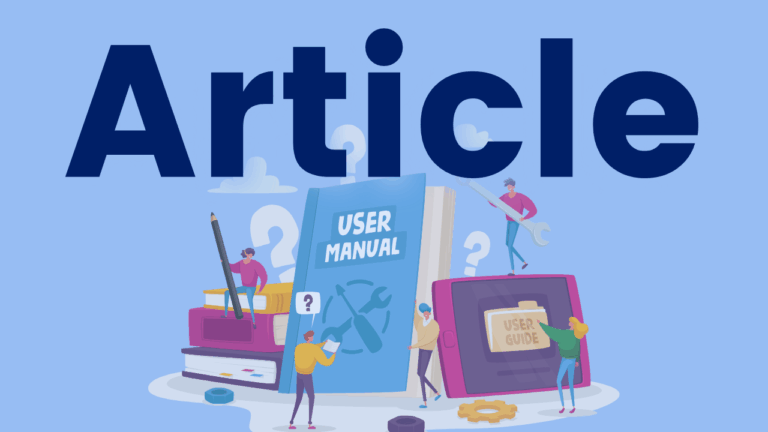Evidence Challenges Teaching Words “By Sight”
Moats discusses the lack of evidence behind “whole language” approaches to spelling programs. She highlights the ineffectiveness of teaching “sight words,” where students are expected to learn words purely by visual recognition. She argues that these practices do not align with our understanding of language learning and the cognitive processes involved in word learning. The article promotes a multi-linguistic approach to teaching and learning, emphasizing phoneme-grapheme correspondences, morphology, etymology, and other language aspects.
Moats suggests instructional strategies to teach high-frequency words effectively, including grouping words by spelling patterns, associating spelling with meaning, and practicing words in meaningful contexts. The article emphasizes that most high-frequency words need not be learned “by sight” but can be taught through structured literacy principles that consider the language’s phonological, morphological, and orthographic aspects.




